Nocturnal animals are species that are active primarily during the night. This behaviour can be an adaptation to avoid daytime predators, exploit different food sources, or escape the heat of the day in warm climates. Many of these animals have developed special adaptations that help them navigate and hunt in the dark. For example, some have enhanced senses such as acute hearing, exceptional night vision, or a keen sense of smell. Others may rely on echolocation or other methods to communicate and find their way in the darkness.
A long time ago, the ancestors of today’s mammals started adapting to their surroundings and needs. These early animals developed traits that allowed them to be active at night, helping them avoid daytime predators. As a result, these nocturnal creatures were able to survive while their predators were resting, and they passed on these night-active traits to many of the nocturnal animals we see today.
Some birds, such as owls and hawks, target the same types of prey. However, hawks are active during the day while owls operate at night. This difference in hunting times means there’s less competition for food, and the two species do not clash over their meals.
Similarly, being active at night helps predatory animals succeed in hunting. For example, lions hunt zebras, which are active during the day. This gives lions an edge since zebras struggle to see well in the dark, boosting the lions’ chances of catching their prey.
Nocturnal Animals List
To help your children grasp the concept better, you can introduce them to a nocturnal animals list that includes some commonly known nocturnal creatures. Here are a few examples:
- Owls
- Bats
- Hedgehogs
- Foxes
- Leopards
- Mouse
- Civets
- Hyenas
Owls can be spotted in various parts of the globe. These night-time creatures typically weigh around 2 to 4 pounds. They prey on small animals and insects, and their eyes are notably large with their bodies.
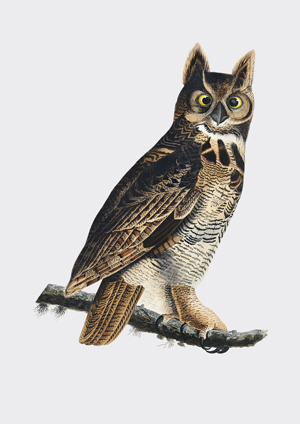
Bats are another type of animal that is active at night and can be found all over the globe. They are unique because they are the only mammals that can fly and can live for as long as 30 years. Bats use a system of sounds, sending out beeps and listening for the echoes that return, which helps them find their food and hunt effectively. Their diet mainly consists of insects and fruits.
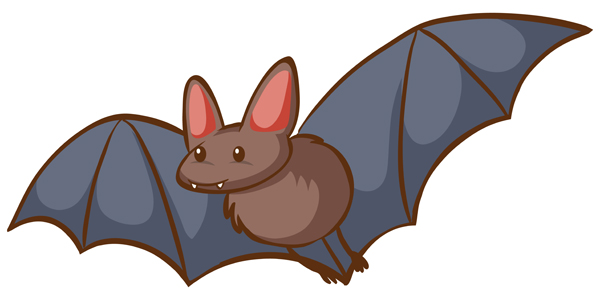
Hedgehogs are originally from Europe, Africa, and Asia, and they have spiky spines on their backs. These animals are mostly active at night and usually weigh around 1 to 3 pounds. They rely on their strong sense of smell and hearing to locate food. With their long snouts, hedgehogs can easily search for and find berries.
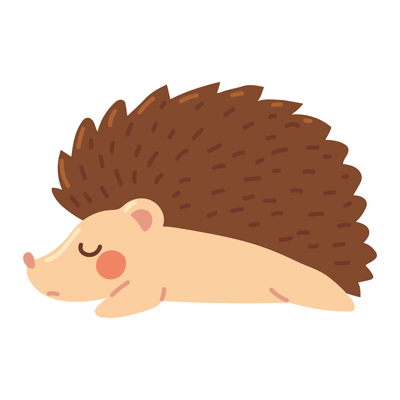
Foxes can be found in many parts of the world and typically weigh between 8 and 15 pounds. Like hedgehogs, they are also nocturnal and have an amazing sense of hearing that helps them hunt and move around. Their diet is quite varied, including worms, berries, and even spiders.
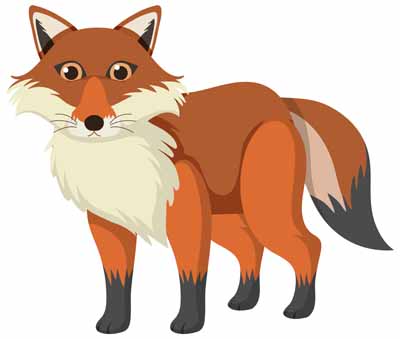
Leopards are active at night and can weigh as much as 200 pounds. Their diet mainly consists of mammals such as antelope and deer, along with insects and fish. They also have unique calls that they use to communicate with one another.
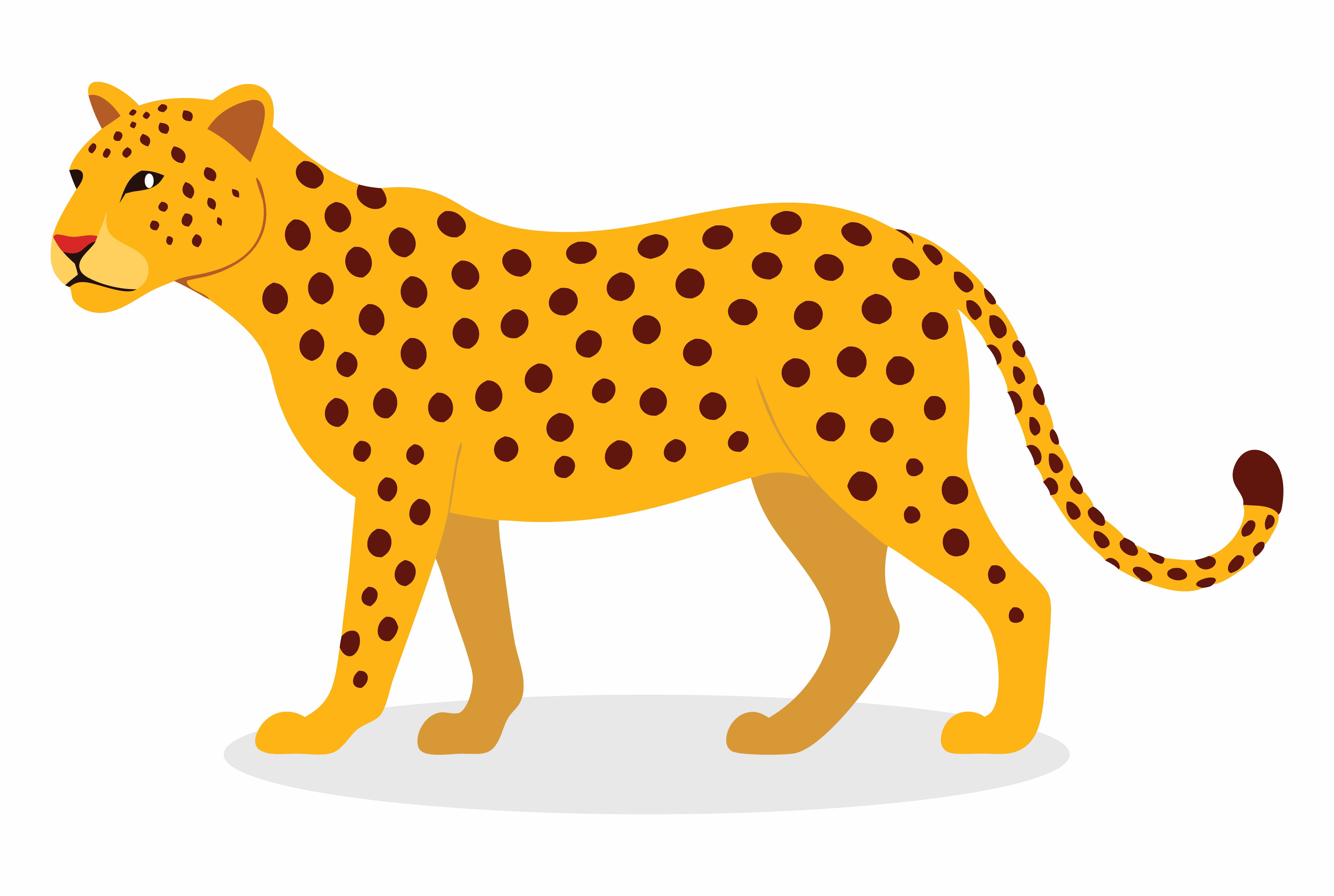
Mice are also nocturnal creatures, but they do not see very well. Instead, they rely on their excellent hearing and sense of smell to find food and move around. As herbivores, they enjoy eating various fruits and plants. Mice use their whiskers to detect temperature changes and to feel the ground beneath them.
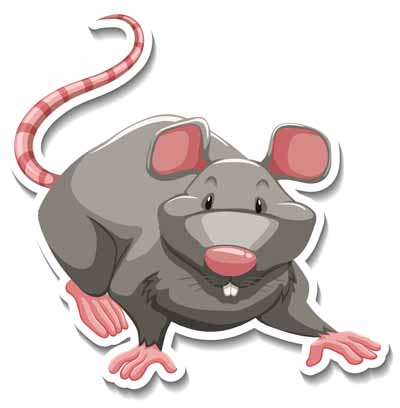
Civets are tiny mammals known for their long tails and spotted fur. They are active at night and prefer to hang out in trees or other high spots. During the day, civets are asleep, but they come alive at sunset.
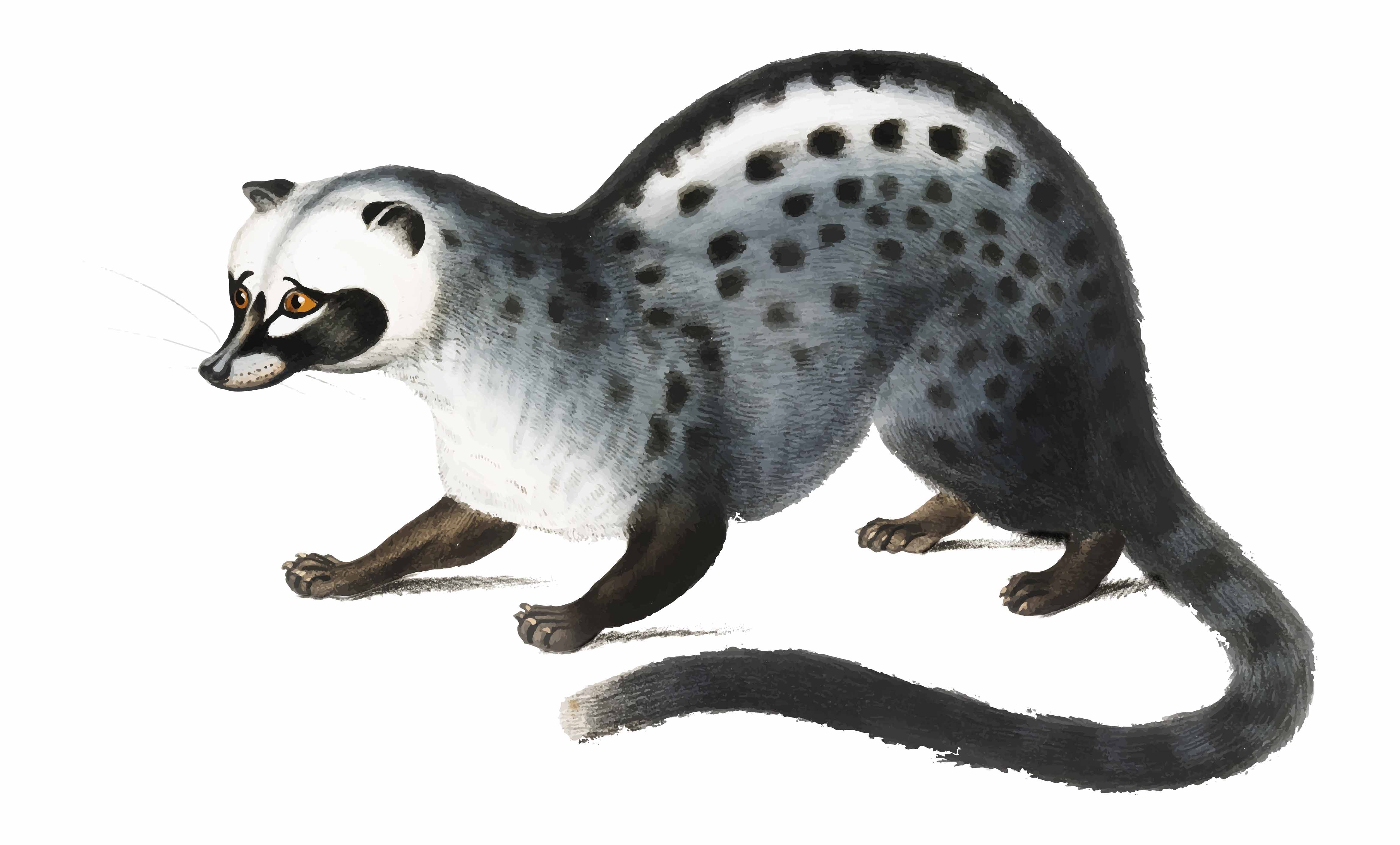
Hyenas are also creatures of the night, usually weighing around 50 to 100 pounds. They can cover distances of 25 to 40 kilometres each night while looking for food. These animals are excellent hunters and can take down large prey like wildebeests or antelopes.
Teaching your kids about nocturnal animals also offers an excellent opportunity to discuss conservation and the importance of respecting wildlife. Make sure to highlight how these animals play crucial roles in their ecosystems, such as controlling pest populations, pollinating plants, and dispersing seeds. Explain the threats that many nocturnal animals face, such as habitat loss, pollution, and climate change, and what can be done to protect them.
Encouraging a sense of stewardship in your children can have long-lasting positive effects on their attitudes towards nature and the environment. Simple actions, like reducing light pollution by turning off unnecessary outdoor lights at night, can make a big difference for nocturnal animals.
Explaining nocturnal animals and their behaviour to your kids can be a rewarding experience and it will broaden their understanding of the natural world. By introducing them to the unique adaptations and characteristic features, you foster curiosity and make them respect for biodiversity. Remember to keep the learning process fun and interactive, whether through night-time nature walks, storytelling, or craft projects.
At Mother’s Pet Kindergarten, we are committed to encouraging children’s natural curiosity and love for learning. Our curriculum includes engaging and educational activities that help children explore the wonders of nature, including the fascinating world of nocturnal animals. By fostering a sense of wonder and respect for all living things, we aim to raise environmentally conscious and knowledgeable future citizens.

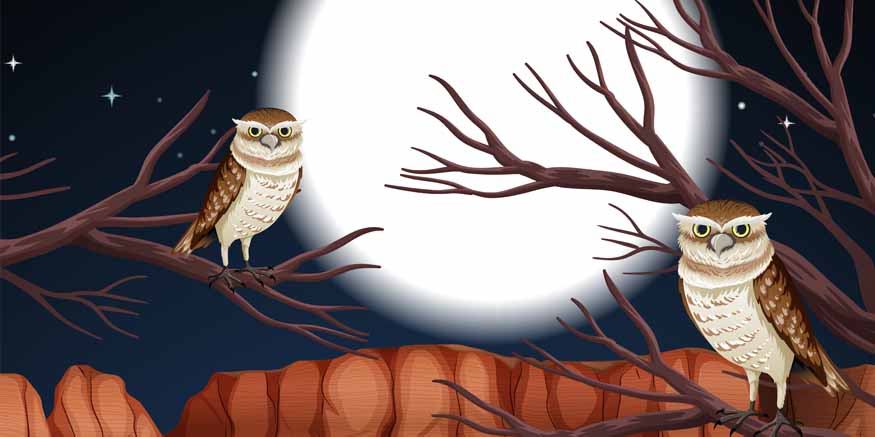








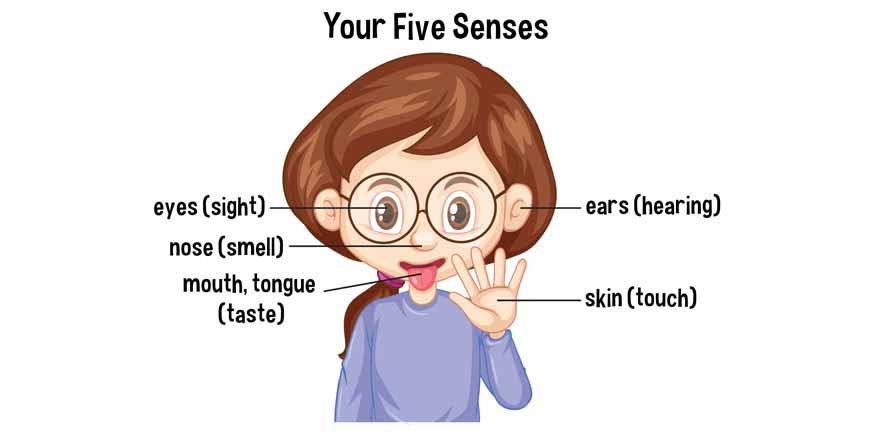

Recent Comments